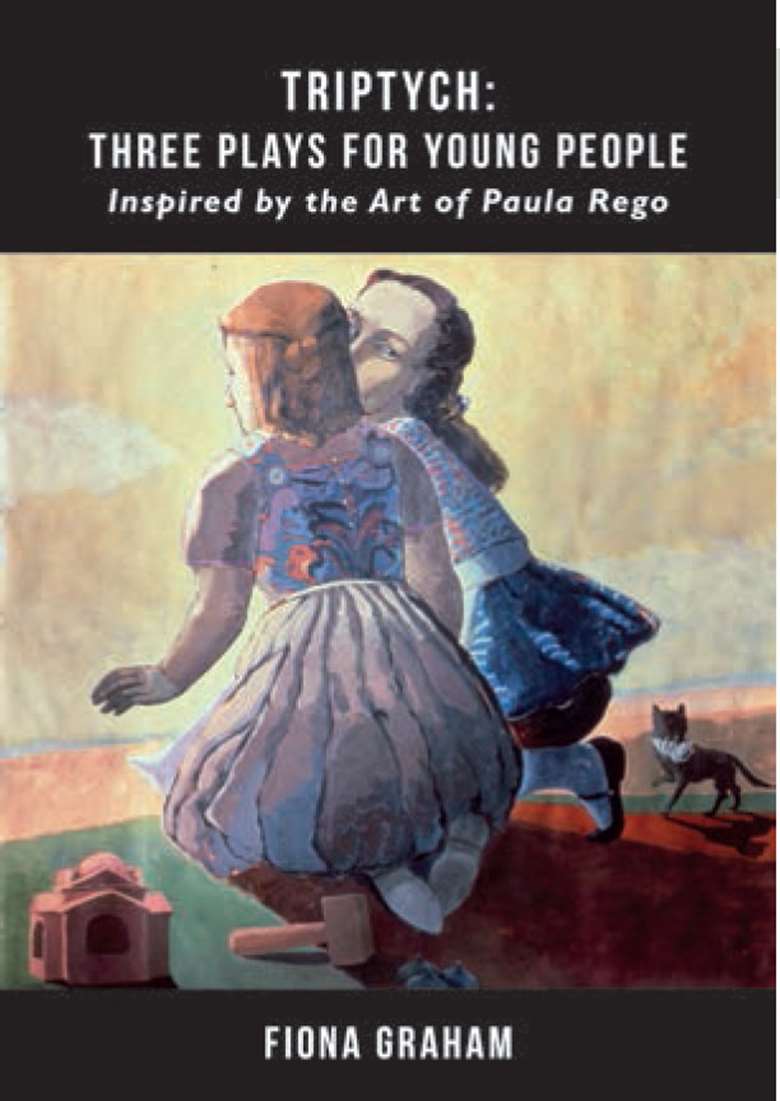Script: Triptych: Three Plays for Young People
Rhiannon Jones
Sunday, December 1, 2019
Inspired by art, this collection explores the link between stimuli and devised work. Published by Aurora Metro Books

This collection of plays is a trilogy that has been inspired by the paintings of artist Paula Rego. Plays such as these that have been devised through workshops and collaboration are perfect for students as they are often asked to do the same thing themselves.
The first play of the three is Crivelli's Garden. Inspired by the painting of the same name, this play was born in Salisbury secondary schools and explores the fears and hopes of the students that took part in its creation. Crivelli's Garden is aimed at a 16+ audience and boasts an all-female cast. My students enjoyed working on this as they were able to relate it to current women's issues such as the #MeToo movement. As I have previously worked in an all-girls school, I also saw the benefit of an all-female play that portrays strong female characters and themes. However, it is clear to see why it is aimed at 16+ as it is a play which is thoughtful in style, and my students remarked that they felt the action moved quite slowly.
The second play is called Between Friends and the starting point for this text was Rego's painting, ‘Prey’. The play is aimed at 7-11-year olds and the characters in the play are 10 years old. This worked well in the classroom in terms of looking at physicality and expression, as my students were exploring characters younger than themselves. The opening storm was also a great way into the action and very physical. This play is fast paced and even though it is aimed at a younger audience, my students and I could do so much with it practically.
The third and final play was created for even younger students. Breaking China, inspired by the painting of the same name, was written for 4-8-year olds. This material was a little too young for my students to engage with, and even though it is full of energy and features interesting characters, it highlighted the fact for me that this book has three plays that vary widely in target age range, which could be limiting for secondary students and teachers.
Overall this trilogy is based on a really interesting concept and sparked some great discussions about devising, stimulus and collaboration, but because of the wide age range of the target audiences we in my school weren't sure how much use we would actually get from this as a resource.

